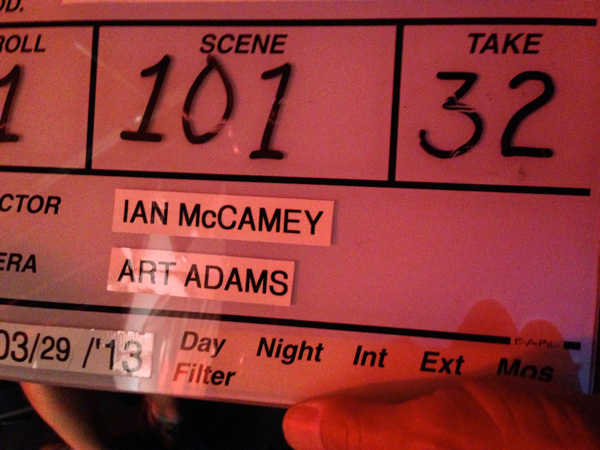
32 Takes: My First Spot with the Sony F5
Director Ian McCamey and I have done a lot of spots together, and when he calls I know he’s going to have some crazy fun idea that’s going to keep…

Director Ian McCamey and I have done a lot of spots together, and when he calls I know he’s going to have some crazy fun idea that’s going to keep…
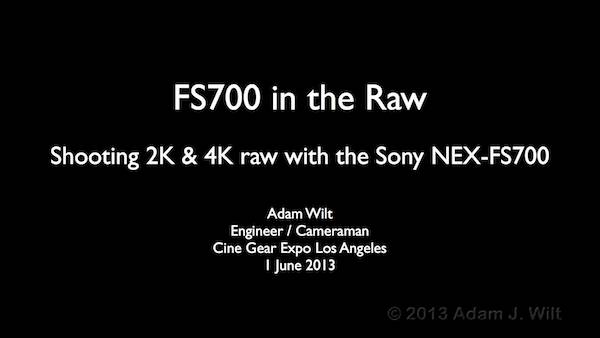
At NAB 2013, Sony announced the raw upgrade for the NEX-FS700, allowing this $7500 camera to send raw 2K and 4K video to external recorders. In the middle of May, Sony sent me a prototype raw-enabled FS700 camera, an IFR5 raw adapter, and an AXS-R5 recorder. After ten days of frantic shooting, grading, and editing, Art and I presented “FS700 in the Raw” at Cine Gear Expo. Most of what Art discussed he’s written about here; what follows is my part of the presentation.

The Vision blue3 is the third Camera Support System in the blue series, sitting somewhere between the original Vb, and the Vb5 I reviewed last year. The “blueBridge” Small Camera Adapter (SCA) is Vinten’s take, and an extremely well thought out one, on a Centre of Gravity (COG) lifter, a subject I talked about briefly last year in the Vb5 review. The only thing that has changed between the Vb and the Vb3 is a different spring rate. The sticks, case, spreader and head are in all respects identical down to the last detail, but for that spring change. So, if you want all the details, refer to my original Vb review. For this review of the Vision blue3, I’ll skip the usual format and concentrate on the Vb3’s place in the blue hierarchy, the measurable differences between their individual spring rates and, additionally, the effect of using the blueBridge SCA with them both.
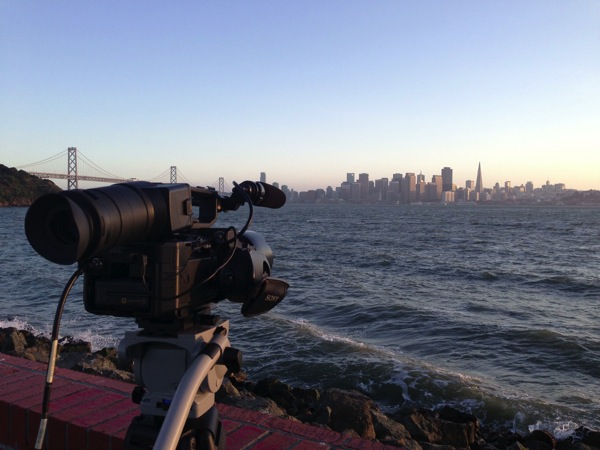
Adam Wilt and I have had a 4K-enabled Sony FS700 to play with for a week. Come see what we’ve discovered about the latest entry into the 4K race to high resolution history. The FS700 has a lot in common with this camera — the Bell & Howell 2709 hand-cranked silent film camera (pictured right). It is 90 years old and it still works. I’m not saying that the FS700 is old or obsolete or can’t record sound; rather, I’m saying that, like the FS700, it’s possible to make beautiful images with the 2709 if you know what you’re doing. Adam and I will be presenting a 90 minute talk about shooting 4K on the FS700 this week at CineGear in Los Angeles. If you’re attending, please stop by the Sherry Lansing Theater at 2:15 on Saturday, June 1st.
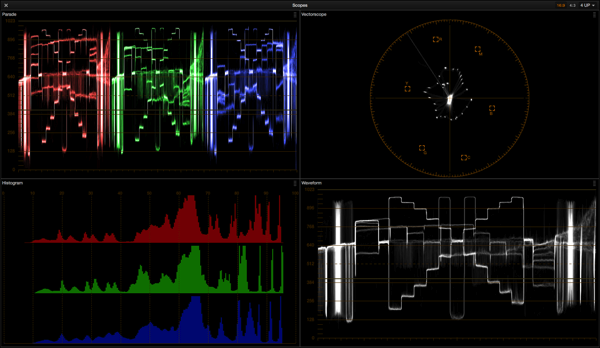
I’ve spent a long time learning to make HD footage look “filmic” without really knowing exactly what that meant. I’ve just picked up a bit of insight, however, and it’s permanently changed how I look at video and color. I’ve shot a number of projects using an Arri Alexa in WYSIWYG mode — for which I’m considered a bit of an oddity — but with it I can get great results with no more than minimal grading and clients love walking away with ProRes files whose look is 90% there. My problem is that I now have to do this with other cameras as Alexa’s price point is considered “high” in my market due to the release of several newer, cheaper and fairly capable cameras. I love the Alexa look, but my current task is to figure out how to get close to that look when the production doesn’t have the budget to rent one — or, more likely, in the event the production company owns their own camera.

I’ve spent a long time learning to make HD footage look “filmic” without really knowing exactly what that meant. I’ve just picked up a bit of insight, however, and it’s permanently changed how I look at video and color. I’ve shot a number of projects using an Arri Alexa in WYSIWYG mode — for which I’m considered a bit of an oddity — but with it I can get great results with no more than minimal grading and clients love walking away with ProRes files whose look is 90% there. My problem is that I now have to do this with other cameras as Alexa’s price point is considered “high” in my market due to the release of several newer, cheaper and fairly capable cameras. I love the Alexa look, but my current task is to figure out how to get close to that look when the production doesn’t have the budget to rent one — or, more likely, in the event the production company owns their own camera.
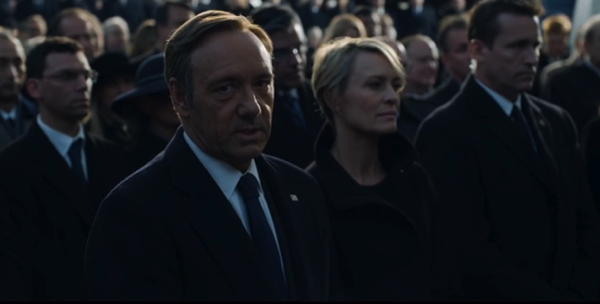
Television shows with strong compositions were my earliest influences, and I’m happy to say that there’s one show on “TV” right now whose compositions move me the way my early…

Television shows with strong compositions were my earliest influences, and I’m happy to say that there’s one show on “TV” right now whose compositions move me the way my early…
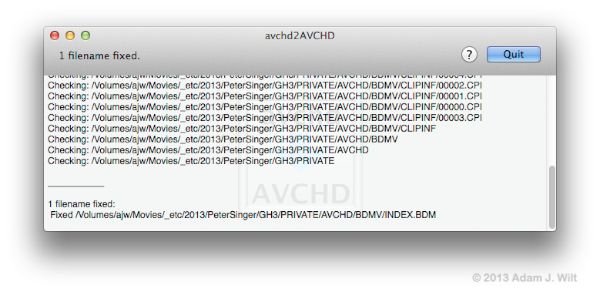
If you’re using OS X and you copy AVCHD media folders to a NAS (network-attached storage) or a case-sensitive disk, you may run into problems: opening the media in 10.8’s Finder gives…
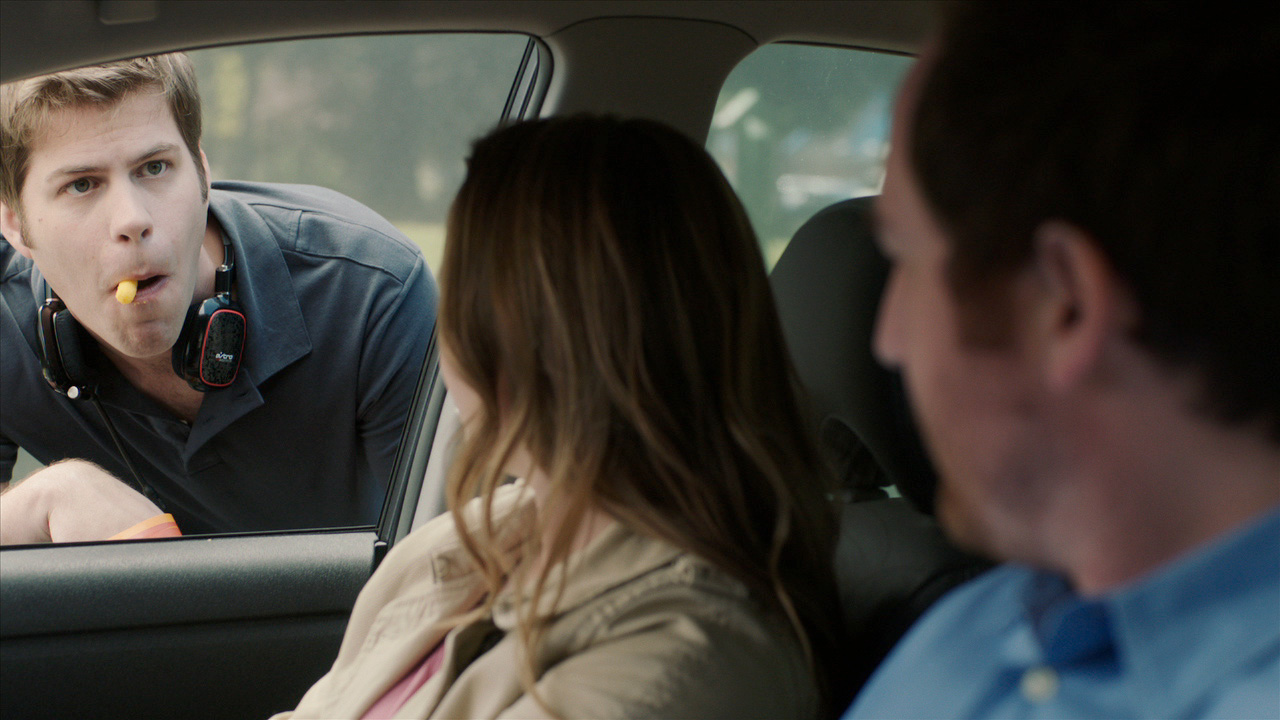
Diffusion doesn’t just soften light; it relays light. Here’s how I used a large piece of dense diffusion to light the inside of a car and hide the little known fact that the sun moves.
This spot was the first in a series of six that I shot two years ago for OnLive, a company that specializes in streaming gameplay over the Internet. They went through some rough times but now they’re back and they’ve decided to release these spots as part of a new ad campaign.
My lighting budget had to cover the needs of all six spots over five days, so I had to build an equipment package that worked for everything. This car was the only location that would normally have required some big lights to balance a dark car interior with a day-lit exterior and keep the quality and direction of light consistent over time, but we didn’t have the money for a generator and a couple of large HMIs. Fortunately I had two tricks up my sleeve: an Arri Alexa and a 12’x12′ frame of full grid cloth.